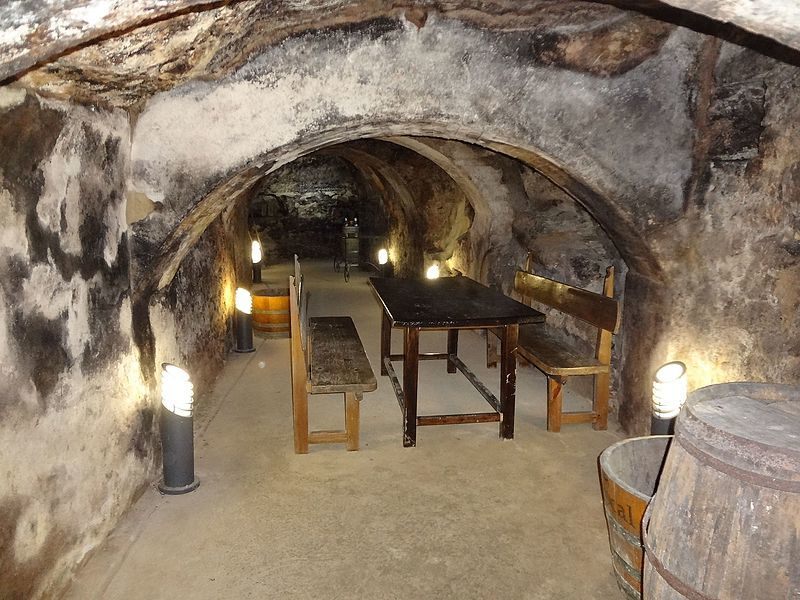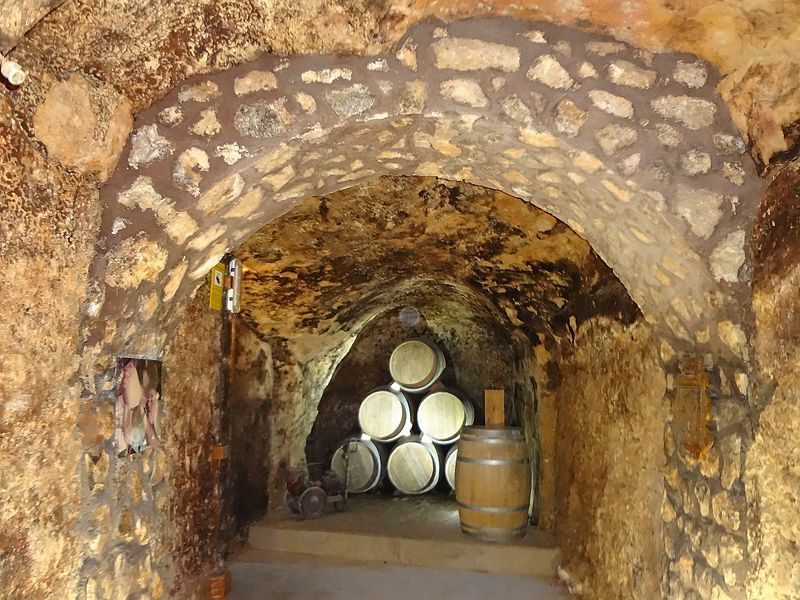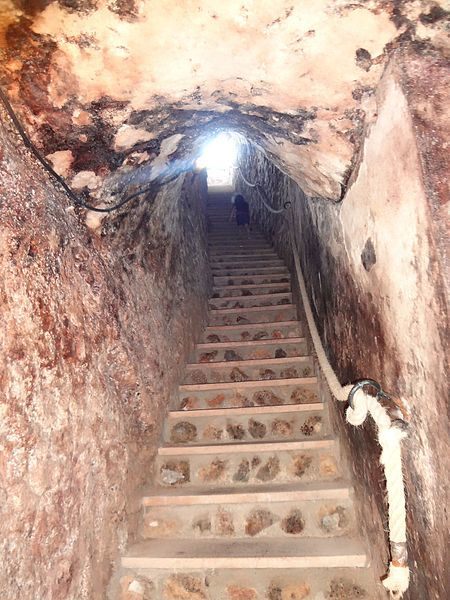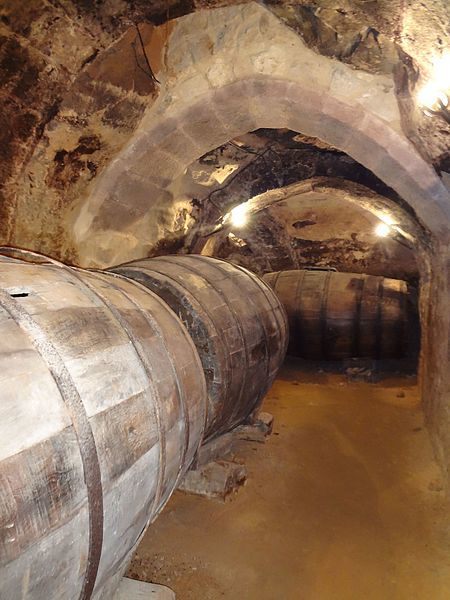
Aranda de Duero is a small town, where just about everywhere worth going is within walking distance. It takes about 30 minutes to walk from one end of the town to the other, but quite a bit longer if you choose to stop off to eat, drink, and socialise along the way—which is almost inevitable.
A provincial town about 150 kilometres (93 miles) from Madrid, Aranda is the capital of the Ribera del Duero wine region (which is also famous for its lamb dishes). While there are many interesting places to visit nearby—Roman ruins, castles, walled villages, and so on—what makes Aranda so unique is the extensive network of underground wine cellars that interconnect below the streets of the town centre.


Used since the Middle Ages, there are currently about 135 cave-based wine cellars, or “bodegas,” under Aranda del Duero (many others have either collapsed or are no longer used for winemaking). The 5-mile-long network of caves is about 24 to 33 feet deep. Most of the cellars are interconnected and divided just by wooden doors.


Many of these cavernous wineries offer guided tours and tastings, and obviously, all will try to sell you their wine (which is hard to resist). The winery of Don Carlos, built in the 15th century, invites visitors to explore the cave as part of a performance by costumed actors. Various clubs ó “peñas,” celebrate special events in these cellars and these clubs are clearly marked at street level. With a total length of around 7 km and excavated at a depth of 13m, the underground cellars of Aranda form the main tourist attraction of the city and undoubtedly show us part of the history of the Ribera del Duero.
The economy of the town, closely linked to wine, forced the locals of the 14th and 15th centuries to dig the cellars under their houses producing this network of incredible tunnels that were originally destined for the conservation of wines.
The medieval wine cellars of Aranda have a constant temperature and humidity throughout the year (if you happen to visit in the hot months, make sure you bring a jacket)
They possess an ingenious construction called zarcera, thanks to this, the historical cellars enjoy an excellent ventilation coming from the outside. These characteristics, together with the absence of noise and vibrations, made the wineries the ideal place for the elaboration and conservation of local wines until well into the last century.
The bodegas were designated as ”Assets of Cultural Interest” by the Spanish Government in 2015.
https://www.bodegasdearanda.com/en/visitas-y-catas/